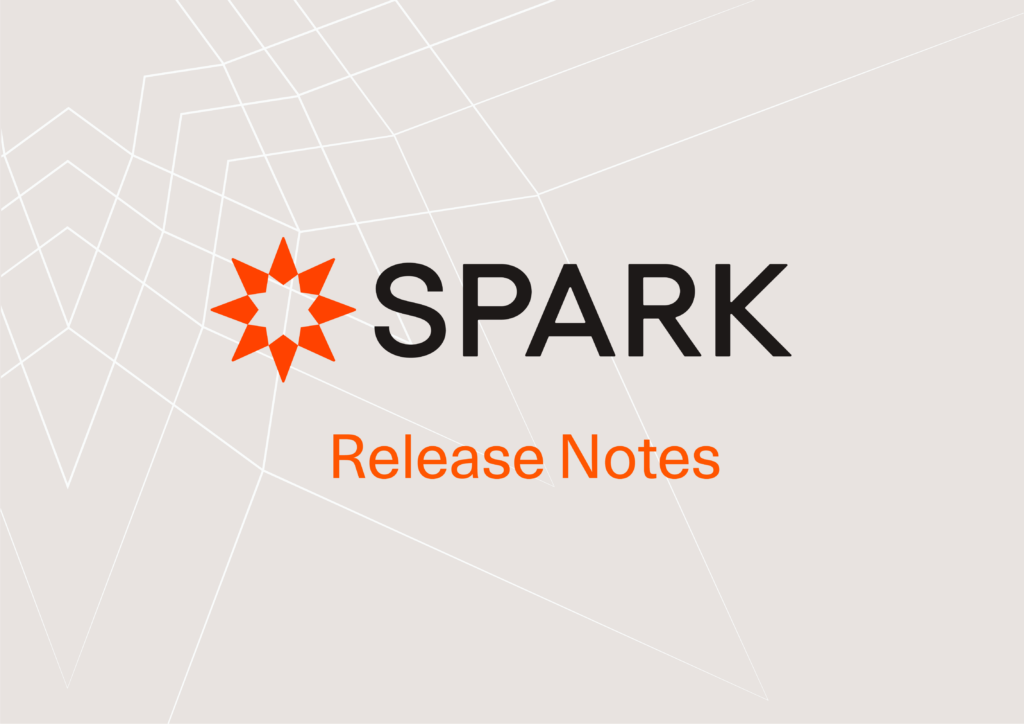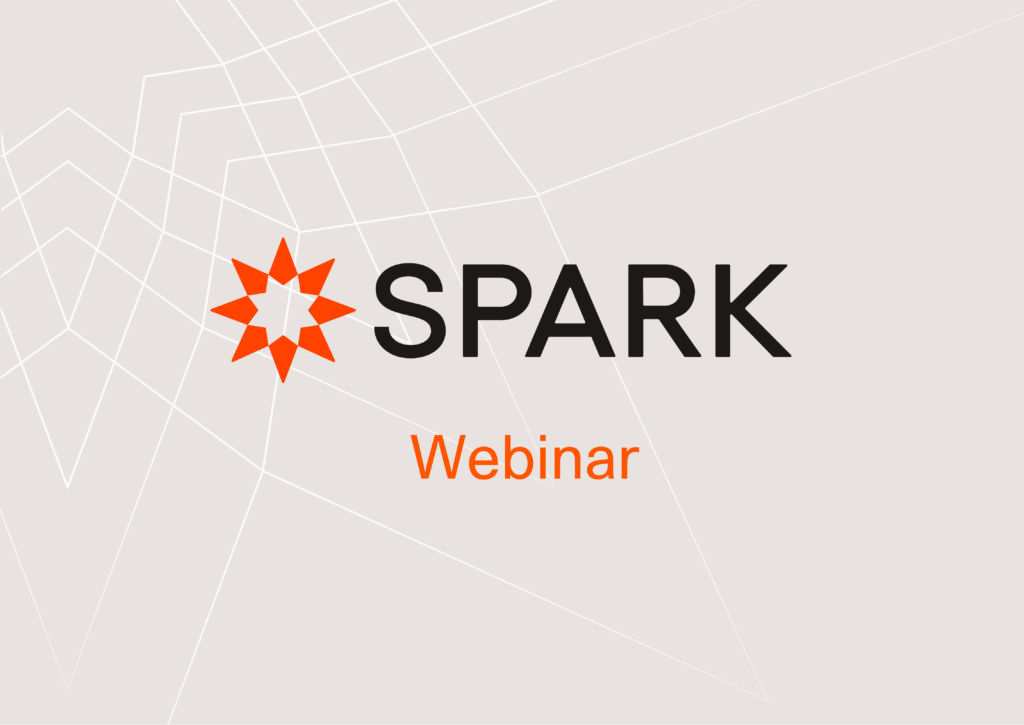SPARK 6.7 Release Note Highlights
April 13, 2019
Our release notes cover what’s new, what’s changed, and the bugs that we’ve fixed since our last release of SPARK. As always, we welcome your feedback – support@lendwithspark.com.
What’s New
Debt Schedule Improvements:
Rather than having the Debt Schedule setup for the entire loan package, you can now separate Debt Schedules for Businesses and Individuals. Therefore, each entity in SPARK can have it’s own Debt Schedule for the Business(es) and Individual(s). This allows SPARK users to include the information from the Debt Schedule to the Financial Analysis templates. This should make for a clearer presentation of applicant debt.

RMA Data
SPARK has built out a feature in the Financial Analysis section to allow users to reference Comparative Industry Data using RMA Data. You’ll be able to view custom comparisons by changing the Region, Sales Range, and utilitzing the “Choose Comps” tool at the top of the page. This will be a premium SPARK feature, which means that this service is available for purchase as part of the SPARK platform. If this is something that your organization would be interested in adding to your SPARK page, please reach out to SPARK support at support@lendwithspark.com for additional information and pricing for this service.

Stressed Debt Service Analysis
Now SPARK users will be able to directly analyze the Stressed Debt for a project using the Financial Analysis section. All business variable rate debt can now be adjusted by a standard “rate shock” amount. This amount is configurable in SPARK and can be adjusted for each loan’s financial analysis if necessary. SPARK will automatically stress the following: All variable rate sources of funding defined for the current project (primary and additional financing). All variable rate debt schedule entries for the current business(es).

Net Worth Reconciliation
Another feature that we’ve added to the Financial Analysis is a Net Worth Reconciliation tab. By using this feature, SPARK users will be able to analyze a business’ change in net worth.
What’s Changed
New Rate Index Data Source
SPARK is now gathering a new source for index rate data which allows for daily rate updates. You’ll no longer need to manually update the Treasury Rate! The following rates are included in the new data source:
- Prime
- 5-Year Treasury
- 10-Year Treasury
- SBA Peg Rate
- SBA 504 25-Year
- SBA 504 20-Year
- SBA 504 10-Year
- 1 Month LIBOR
SOP-50-10-5(K)
The new SOP requirements went into effect on April 1, 2019 and in order to comply with these requirements, SPARK now requires that 100% Ownership be documented with valid Tax-IDs. This will be required before submitting to E-Tran through the SPARK Platform.
Lead Form
We’ve made a couple of changes to the Lead Form with this release. First, there is a new source tag on the Lead Form that is used to help differentiate the underlying source of the lead. This will be especially helpful when a single Lead Form is embedded on several different web sites and you’ll be able to see which source originated the lead. Second, there is additional validation for the Lead Form based on browser variance. Essentially, this means that no matter where an applicant submits a lead (phone, tablet, Chrome, Firefox), SPARK will be double checking that all the required information is included with that lead.
Financial Analysis – Borrower Financials
Now SPARK will only update financial information for the borrower (not the affiliates) on the current loan. For instance, the interest calculated for the current loan will only apply to the borrower. Additionally, the personal income and debt will only update for the borrower listed on the current loan. This will help isolate pertinent information to the borrower and “de-clutter” the financial analysis.
Additional Financing
The Terms section of the Credit Summary (Credit Memo) has been updated to include all sources of financing. Prior to this change, only the primary financing sources were included.
What’s Fixed
IP Filtering
We corrected an issue where our IP filtering functionality was incorrectly identifying part of SPARK’s infrastructure as the source of the request, causing valid requests to be denied.
Deleting a Package with Disbursement Credits
We fixed a scenario where disbursement credits would prevent a package from being deleted.
Quarterly Payments in the Debt Service Coverage for Proposed Business Debt
There was an issue with SPARK’s automatic calculation for the “Proposed Business Debt” sub account on the Financial Analysis. When a payment frequency other than “monthly” was used, the calculation was incorrect. SPARK has corrected this and will now honor any payment frequency chosen to ensure the correct calculation of the Proposed Business Debt.


